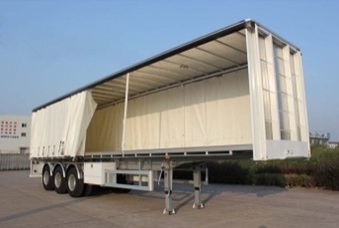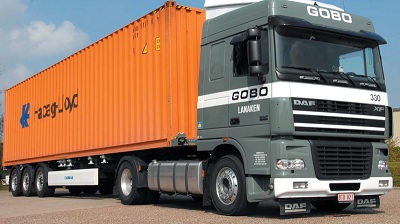|

|
Checklist procurement & buying transport or logistics
Tip 2 of 20 “The right equipment”
Unfortunately a lot of deals in the transport business crash the end of the day, because contract partners start arguing about the equipment to be used for the transport. For some reason, all the time, most of the buyer attention during the negotiating process lands at pricing while other things like requested equipment are just as important.
The equipment used for the transport, the truck, trailer or container, must carry your precious cargo during transport and cannot be forgotten in the negotiating process. On the other hand, if not specified precisely, it can give your carrier an (big) advantage after closing the deal.
How? Let take an example.
Say you negotiated a deal with a carrier to move 100 loads to your customer in Spain, standard palletized products. How difficult could this be? To you it’s not important how your carrier moves your products, as longs as they get there in time for the agreed price. Right?
For your carrier this is a carte blanche! You didn’t specify the equipment, so he will choose the cheapest way. Your product usually end up in a 45ft container taking the slow boot. Your products are being loaded through the backdoors into the container and the trucks leaves towards your customer.
 
Once it arrives your customers site, the problems appears: at the unloading site there is no docking station to unload the products from the back of the container. Your customer can only unload trailers sideways (curtain side trailers). Unfortunately the sides of a container are made of steel, thus unloading for the side is not possible. The product needs to be overloaded somewhere else into a curtain side trailer and then again has to be unloaded a the customer site. Al these extra costs go into your account!
Now suddenly the negotiating playing field changed: you haven’t negotiated the type of equipment and now you realise you should have requested curtain side trailers! Your carrier is happy to offer you this equipment but insists of a (much) higher price. Since you already nominated this carrier, made a contract and put off the competition, your chances of renegotiating a good deal have reduced considerably.
Examples I have seen the past:
Low bed trailers instead of step frame trailers (higher load)
Box trailer instead of curtain side (Security or theft)
Trailers with steering axles instead of rigid axles (take tight corners)
Trucks with more driving axles (steep slopes mountain conditions)
Trucks with mounted forklift (construction site with no unloading conditions)
Flat-bed with container twist locks
Dump trucks with sealable cargo space instead open
Solution how to avoid getting bills or discussion about the right equipment?
You need to check precisely with your shipping department what type of equipment would be appropriate. Specify details, type of truck or trailer but also length, width and weight.
Not only the loading of the truck is important, also think about the journey. What could happen during the trip? Would theft be a risk? What circumstances could possibly change the type of equipment? Narrow turns, mountain slopes?
Last but not least, specify the requirements at the unloading site. Can he unload the requested truck type? Can a big truck reach the place?
|


























